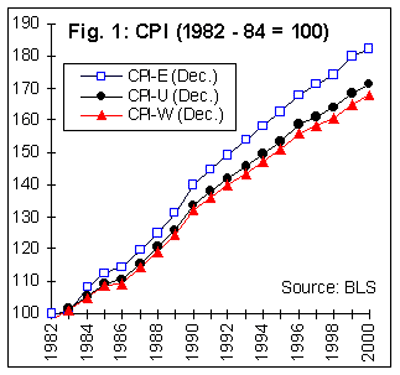The much larger financial problem facing the US is Medicare and not SS. The former will bankrupt us much sooner than SS.
So eventually, when we figure Medicare out, the SS is a much easier problem! And how can SS be fixed? Did someone just say "means testing"?
I recently got interested in the Australian system, from some posts in this forum made by some Aussies.
Australia has always had income and asset testing. I do not know how their system is funded, but the payout looks very austere compared to the US. Here's the summary of their "Age Pension" for a single person (from my research on the Web, and I may have errors).
1) Pension age: 67 for people who currently are 55 yr old or younger. No payment for early retirees.
2) Max payout: $695.3/fortnight (2 weeks) for a single, and it can only be reduced from there. This works out to $18K/yr max payment.
3) Income testing: payout is reduced 50 cents for every dollar of income above $152 per 2 weeks. So, when a single has income above $1542.6/fortnight ($40K/yr), he receives no pension.
4) Asset testing: payout is reduced $1.50/fortnight for every $1000 of asset above $696K, if our single retiree owns a home. Assets include retirement funds, cars, bank or brokerage accounts, boats, planes, secondary homes, etc...
It was not clear to me if having a retirement fund (like the 401k in the US) would cause a hit both in income and asset tests (items 3 and 4 above), meaning the pension getting reduced both from the value of the 401k
and the income generated from such 401k.
In any event, if the US adopts the same system as the above, I guess I will not get anything from SS unless I spend down my stash first.
So, do we do 10%WR (hey, enjoy it while you still can), then figure out how to live on $18K/yr after we are broke? Bleak...

